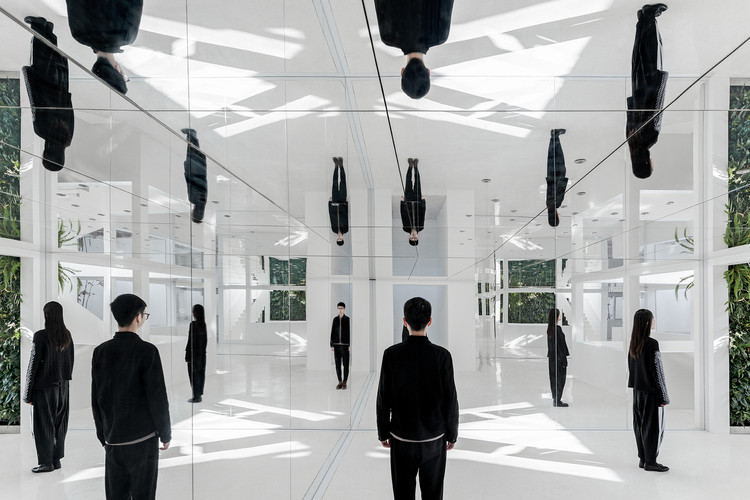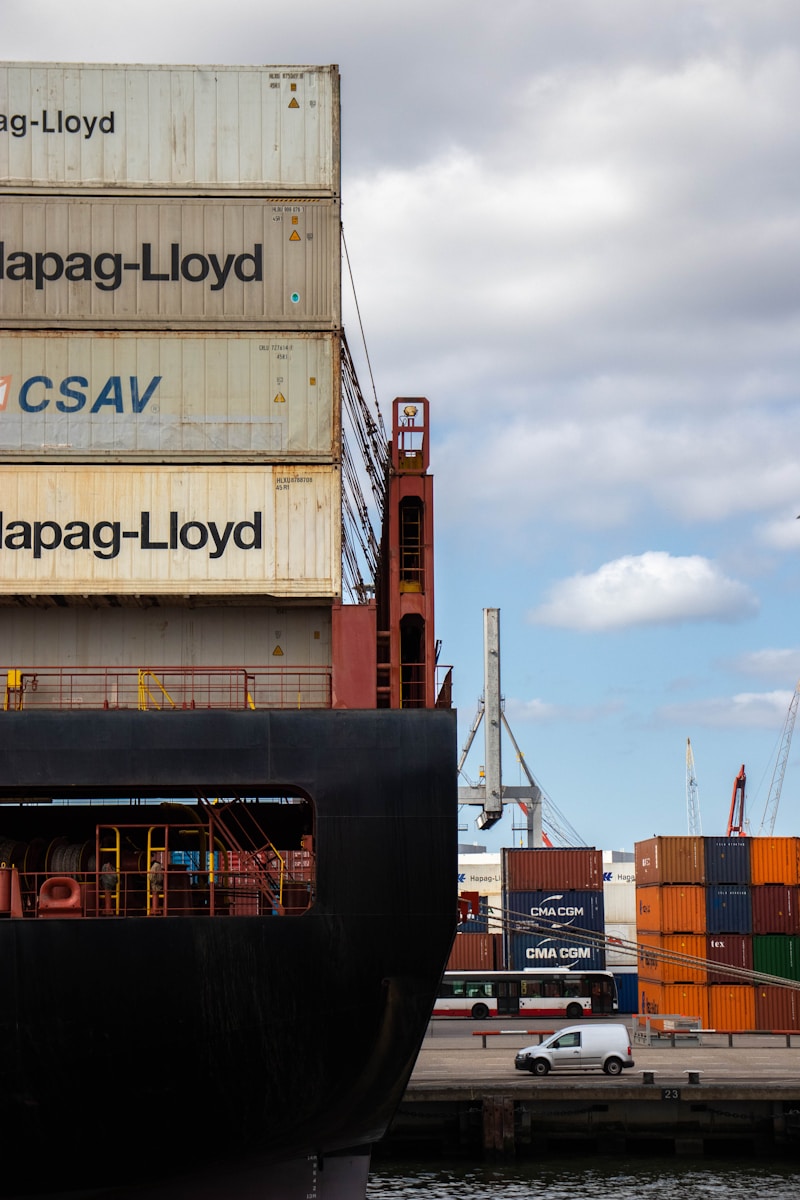How Mirrors And One-way Mirrors Are Made
The Process Of Making Mirrors And One-way Mirrors Simplified
Mirrors are a common item that can be found in almost every building in America, but not many people know the process of making them. The procedure is actually quite simple: mirrors are made by silvering, which is spraying a thin layer of silver or aluminum onto the back of a sheet of glass. Mirrors work by reflecting light off the aluminum or silver coating, which is made more durable by its glass covering. Another method of making mirrors is to polish already reflective metals, such as speculum metal, a mixture of 2/3 copper and 1/3 tin. On the other hand, the process of making one-way mirrors (which, strangely enough, are also called two-way mirrors), would seem much more complex than the regular ones we’re used to. But, the trick is actually much simpler than most would think. According to indianapublicmedia.org, “in one-way glass, the reflective material is applied less densely. This is called half-silvering. The effect is that the glass is not completely opaque like a traditional mirror. About half the light that hits the glass passes through it, and the other half is reflected.” This allows half of the mirror to be semi-transparent, while the other side is about as reflective as traditional mirrors. The most effective usage of one-way mirrors is when the reflective side faces a brightly lit room, while the semi-transparent side faces a darker room. Lots of light to reflect off of the reflective side, allowing people to see their own reflection, especially when the room’s light overwhelms the dimly light room. Conversely, the light reflected back into the dark side is overwhelmed by the light coming from the bright side. This allows people in the dark side to observe the bright room covertly.
RELATED STORIES:
- https://indianapublicmedia.org/amomentofscience/one-way-glass.php
- https://science.howstuffworks.com/innovation/everyday-innovations/mirror1.htm#:~:text=The%20modern%20mirror%20is%20made,glass%20%5Bsource%3A%20Britannica%5D.
- https://science.howstuffworks.com/question421.htm
- https://www.aboutmechanics.com/how-are-mirrors-made.htm
- https://indianapublicmedia.org/amomentofscience/reflection-experiment.php
TAKE ACTION:






